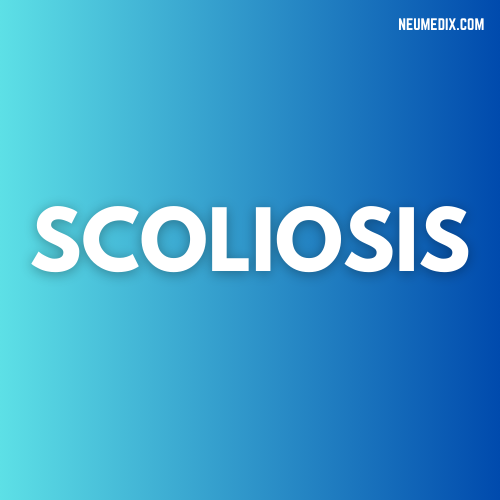1. What is Scoliosis? Scoliosis is a medical condition characterized by an abnormal sideways curvature of the spine. The spine may curve to the left or right, forming an “S” or “C” shape.
2. Types of Scoliosis:
- Idiopathic Scoliosis: The most common type, occurring without a known cause and typically developing during adolescence.
- Congenital Scoliosis: Present at birth due to abnormalities in the spine’s development.
- Neuromuscular Scoliosis: Develops as a result of conditions such as cerebral palsy, muscular dystrophy, or spinal cord abnormalities.
3. Symptoms of Scoliosis:
- Uneven shoulders or waistline.
- One shoulder blade protruding more than the other.
- Uneven hips or rib cage.
- Visible curvature of the spine when bending forward.
4. Causes of Scoliosis:
- Idiopathic: The exact cause is unknown, but genetic factors may play a role.
- Congenital: Abnormalities in the spine’s development during fetal growth.
- Neuromuscular: Conditions affecting the nerves and muscles that control the spine.
5. Risk Factors for Scoliosis:
- Family history of scoliosis.
- Age (adolescents are more likely to develop idiopathic scoliosis).
- Gender (girls are more likely to develop scoliosis than boys).
- Certain medical conditions affecting the neuromuscular system.
6. Diagnosis of Scoliosis:
- Physical Examination: A healthcare provider assesses the spine’s curvature by observing the individual’s posture and symmetry of the body.
- X-rays: Imaging tests help measure the degree of curvature and identify the type of scoliosis.
- Other Diagnostic Tests: MRI or CT scans may be ordered to evaluate the spine’s structure and detect any underlying conditions.
7. Pharmacokinetics of Scoliosis Treatment:
- Medications are not typically used to treat scoliosis. However, pain management medications may be prescribed to alleviate discomfort associated with scoliosis-related symptoms.
8. Pharmacodynamics of Scoliosis Treatment:
- Bracing: Orthopedic braces apply pressure to the spine to prevent further curvature progression in adolescents with moderate scoliosis.
- Surgery: Spinal fusion surgery involves fusing vertebrae together with metal rods and screws to correct severe curvature and stabilize the spine.
9. Pharmacological Treatment of Scoliosis:
- Pain Management: Over-the-counter or prescription pain relievers may be recommended to manage discomfort associated with scoliosis-related symptoms.
- Muscle Relaxants: These medications may be prescribed to alleviate muscle spasms or tightness in individuals with scoliosis.
10. Non-Pharmacological Treatment of Scoliosis:
- Physical Therapy: Exercises and stretches can help strengthen muscles and improve posture, reducing the progression of curvature and minimizing pain.
- Bracing: Wearing a custom-fitted brace may be recommended for adolescents with moderate scoliosis to prevent further curvature progression during growth spurts.
- Surgery: Spinal fusion surgery may be recommended for individuals with severe scoliosis to correct the curvature and stabilize the spine.
11. Conclusion: Scoliosis is a condition characterized by an abnormal sideways curvature of the spine, which can affect individuals of all ages. While the exact cause of idiopathic scoliosis is unknown, early detection and appropriate treatment can help manage symptoms, prevent curvature progression, and improve quality of life. Treatment options may include bracing, physical therapy, and in severe cases, surgery. Close monitoring by healthcare providers is essential to ensure optimal management of scoliosis and minimize complications.




